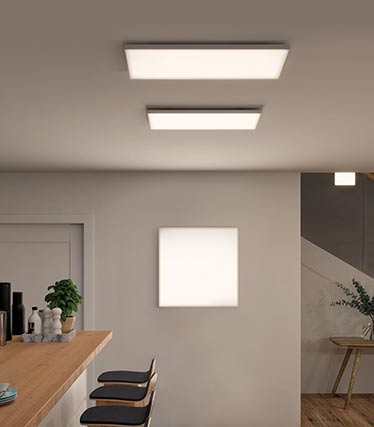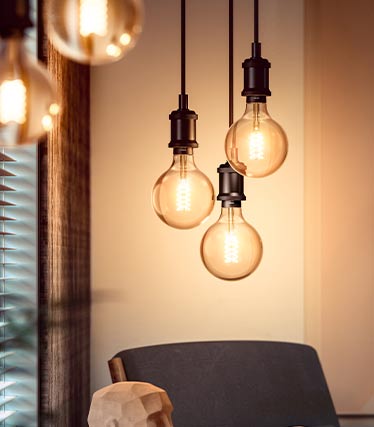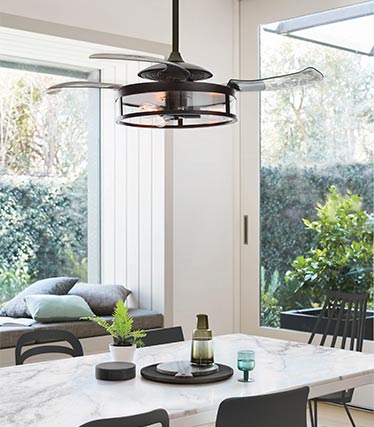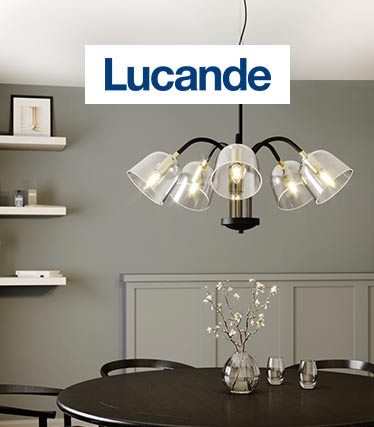WEEE Take-Back Information
Since 2006 the WEEE (Waste Electrical and Electronic Equipment) Directive states that certain light bulbs must be safely disposed of.
Which bulbs are considered WEEE, and how should you dispose of them?
- Compact fluorescent bulbs (CFLs) and Fluorescent tubes are considered WEEE and should not be put in the standard waste bin. They contain a very small amount of mercury, which isn’t dangerous for the user of the light bulb but should be properly disposed of.
- LED bulbs should not be thrown in the standard waste bin. Instead, please take them to the nearest recycling centre.
- Incandescent light bulbs and halogen bulbs can be disposed with your normal household waste.
To find more information on WEEE recycling and to locate your nearest recycling centre please visit the Recycle More website.
What to do if an energy-saving bulb breaks?
- Don’t hoover or sweep! A vacuum cleaner or broom can spread the mercury through your home inadvertently.
- Open the window: when a fluorescent or compact fluorescent bulb breaks it releases a small amount of mercury vapour into the room, and this could be harmful if inhaled. Therefore, it is best to air out the room while you tidy up the broken light bulb. Please leave the windows open for at least 10 minutes.
- Scrape up the area with a piece of stiff paper or cardboard to collect the larger fragments and then go over the area with sticky tape to collect any tiny bits or powder. Lastly, wipe the area with a damp cloth to collect any remaining residue.
- Place the pieces of the broken bulb and the cloth/sticky tape into an air-tight container, such as a freezer bag or jam jar and bring it to your nearest collection point that accepts energy-saving and fluorescent bulbs.
.


































































